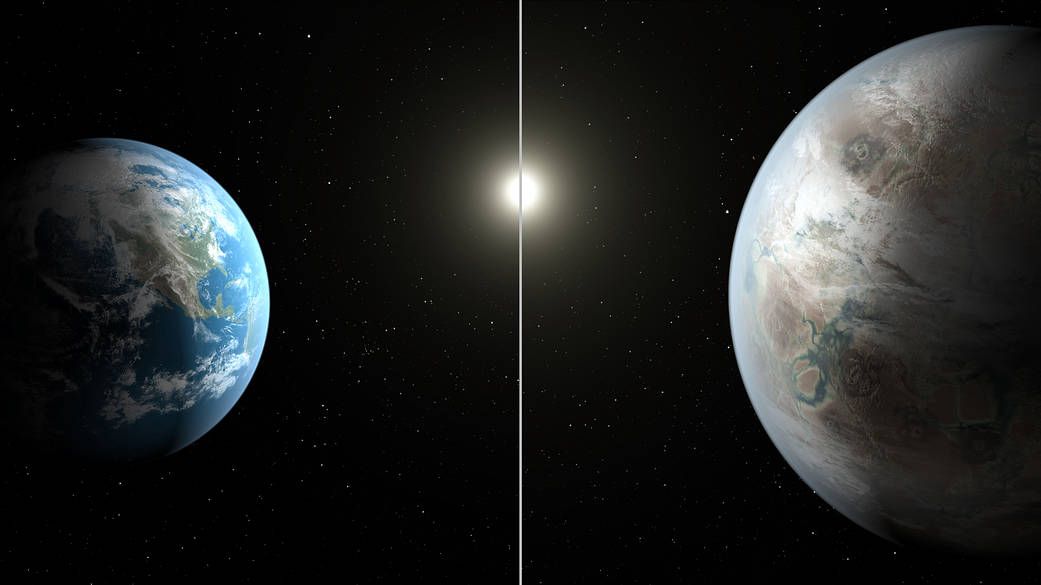Situated at about 340 million light-years away from Earth, it finds itself very close to its host star (around a hundredth of the distance between the Earth and the Sun), which itself is a medium-sized active K dwarf in the Virgo Constellation.
K2-229b orbits this star every fourteen hours, according to the study published in the journal Nature Astronomy. “Interestingly K2-229b is also the innermost planet in a system of at least three planets, though all three orbit much closer to their star than Mercury. More discoveries like this will help us shed light on the formation of these unusual planets, as well as Mercury itself,” Armstrong added.
Using the K2 telescope, Armstrong and colleagues employed the Doppler spectroscopy technique — also known as the ‘wobble method’ to discover and characterise this faraway planet.
